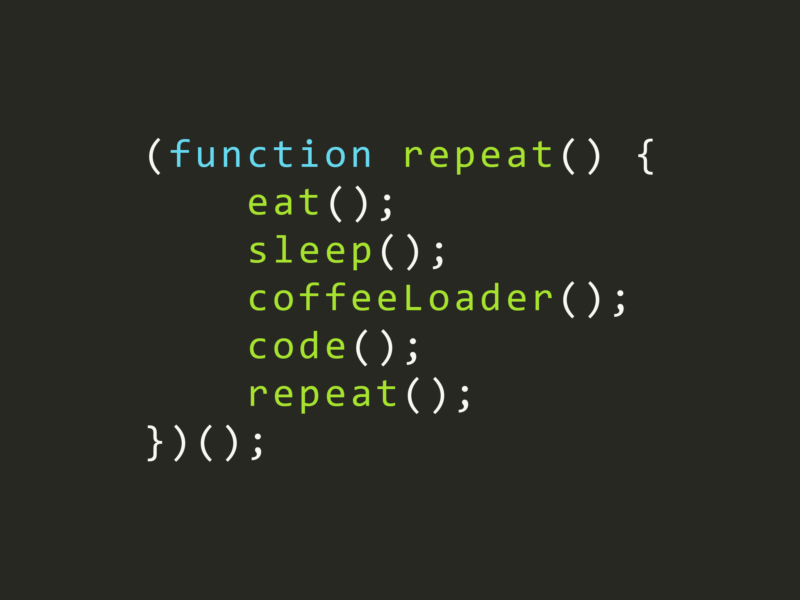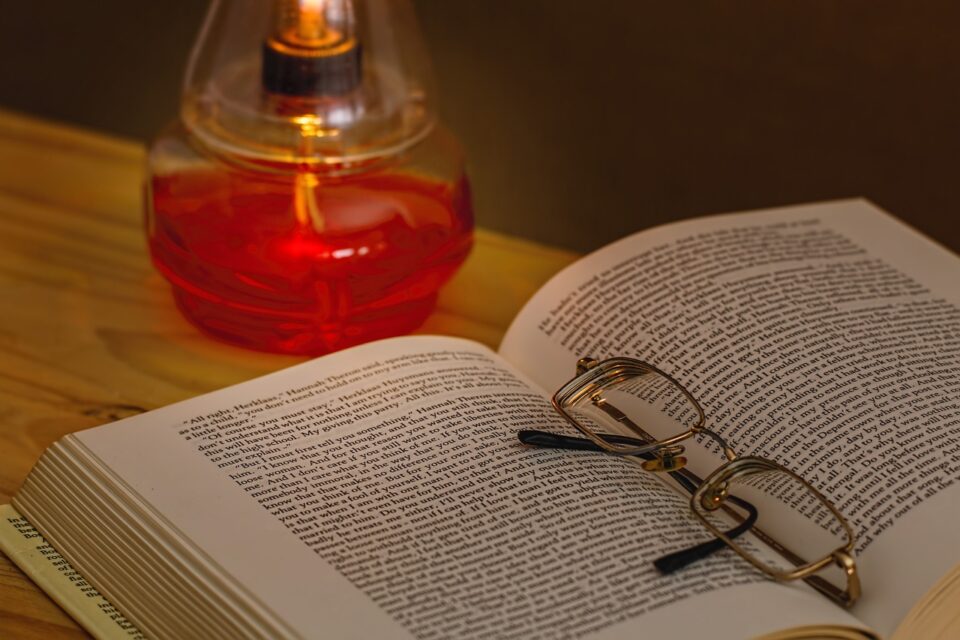Whether driven by work, studies, or caregiving duties, there are moments in life when we find ourselves compelled to disrupt our sleep patterns and brave the night awake. This isn’t always a walk in the park, and while caffeine might keep us alert, it comes with its own set of drawbacks. Regardless of caffeinated interventions, sleep deprivation takes its toll, impairing concentration and hindering performance. Studies even suggest that extended wakefulness can mimic the cognitive effects of alcohol consumption, underscoring the seriousness of sleep deficits.
Sleep and the Circadian Symphony
Our body’s transition between the “wake mode” and “sleep mode” heavily relies on cues from light and its absence. When we tamper with these patterns, either by staying awake or disrupting our exposure to light, the consequences often manifest as drowsiness, lack of focus, and diminished efficiency. Long-term repercussions may extend beyond immediate cognitive effects, impacting both physical and mental health.
Unveiling the Sleep Code

For those grappling with sleepless nights, the concept of strategic napping emerges as a potential remedy. However, the challenge lies in determining the optimal nap duration. How short is too short? Is one nap sufficient, or is there merit in taking two, or even more?
Sanae Oriyama, a researcher from the University of Hiroshima, delves into this dilemma. Her recommendation, born from an experiment simulating the nursing staff’s night shift in a hospital, proposes the strategic implementation of two naps of unequal duration. The study, conducted between 2012 and 2018, emulated a 17-hour night shift (from 4:00 PM to 9:00 AM), allowing participants a 2-hour break—a standard rest period in Japanese public hospital shifts.
The Experiment
Participants were divided into three groups: one allowed to sleep for the full 120 minutes at once, another taking two naps of 90 and 30 minutes, and a control group that remained awake throughout this fictional night shift. The results, detailed in a Scientific Reports article, indicated that the dual-nap group experienced drowsiness later than their single-nap counterparts. Despite all participants reporting fatigue, those in the dual-nap group experienced lower intensity.
The 90-30 Strategy
Oriyama explains that a 90-minute nap maintains performance, while a 30-minute nap sustains lower fatigue levels and faster reactions. This strategic nap combination emerges as a valuable tool to enhance efficiency and safety in future work. The 90-minute duration aligns with the approximate length of a full sleep cycle, ensuring participants reap key sleep benefits without waking up disoriented. Meanwhile, the shorter, 30-minute nap offers a quick boost to alertness and energy levels.
Applicability and Beyond
The 90-30 strategy may not only benefit night shift workers but could also alleviate fatigue caused by sleep deprivation in various contexts, from caregivers attending to their children to professionals grappling with demanding schedules. Oriyama’s findings offer a promising approach to mitigate the challenges of staying vigilant and alert throughout the night.
However, it’s crucial to acknowledge that this strategy might not be a one-size-fits-all solution. Diverse circumstances warrant varied approaches, and further studies are necessary to compare this strategy against alternatives and different scenarios. In the realm of personalized sleep needs, what works best on average might not be optimal for every individual.
Conclusion
As we navigate the complexities of nighttime wakefulness, Oriyama’s research sheds light on a potential solution—strategic napping. The symphony of a 90-30 strategy holds promise in enhancing both efficiency and safety during prolonged periods of wakefulness. While the quest for optimal sleep solutions continues, this strategy stands as a beacon of hope for those grappling with the challenges of the night, offering a tailored approach to reclaim alertness and vitality amidst the darkness.
